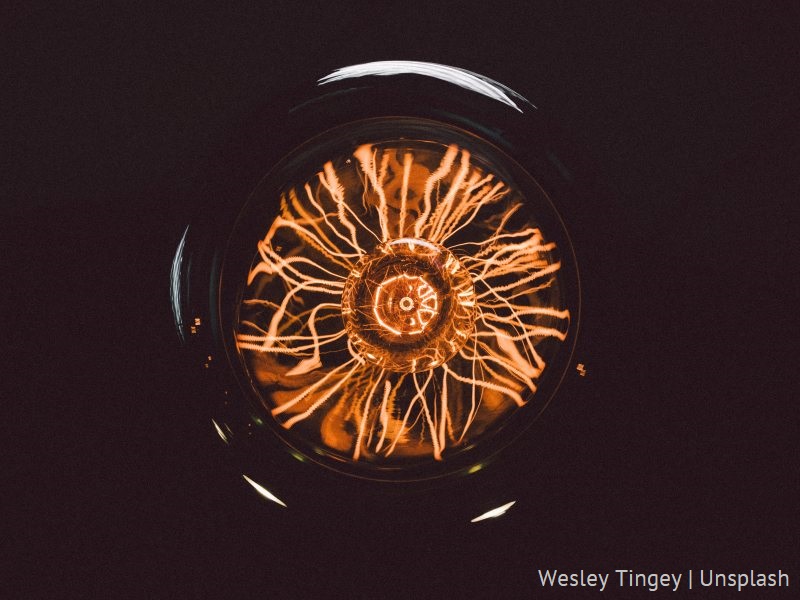There are materials which, as a result of mechanical deformation, can generate electric charges on their surface. Piezoelectric ceramics, as an example of such, are thus becoming interesting products for the electronics and electrotechnical industries. They may be applied as components of sensors for measuring mass, force or acceleration. Moreover, by showing the so-called reverse piezoelectric effect, they generate acoustic and ultrasonic waves, and therefore, they can be successfully used in ultrasonography, devices for distance measurement, e.g. parking sensors, and in audio devices, such as loudspeakers.
Scientists do not only study the properties of already known piezoelectric ceramics, but also design new ones to improve their properties. However, it is worth to add that as a result of using the previously known PZT production methods, various amounts of lead, among others, were released into the atmosphere. Under the guidelines introduced in the European Union, hazardous substances such as mercury, cadmium or lead have been banned from use in the electronics industry (Restriction of Hazardous Substance, RoHS). That is why it has become so important to look for new, safer solutions.
One of them has been proposed by scientists from the Faculty of Science and Technology of the University of Silesia in Katowice. They have designed a new method of obtaining lead-free piezoelectric ceramics (BLTF) by modifying the structure of the unit cell in its crystal lattice. Their patented invention with a perovskite structure not only exhibits better piezoelectric properties, but is also safe for humans and the environment thanks to the elimination of the harmful lead from the composition.
Its authors are: Beata Wodecka-Duś, PhD, DSc, Associate Professor, Małgorzata Adamczyk-Habrajska, PhD, DSc, Associate Professor, Lucjan Kozielski, PhD, DSc Eng., and Dariusz Bochenek, PhD, DSc, Associate Professor.






